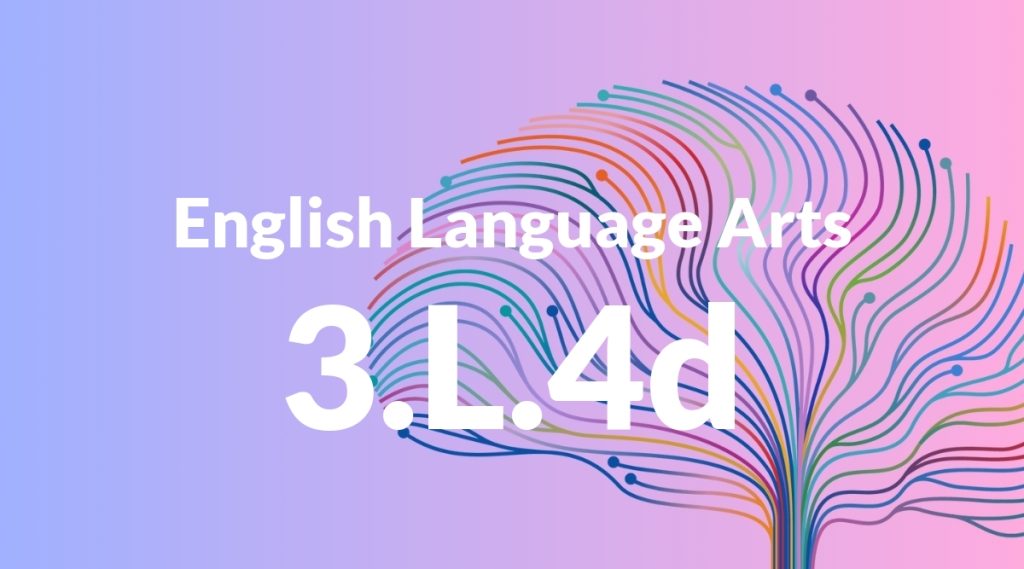Standard: 3.L.4d – Use glossaries or beginning dictionaries, both print and digital, to determine or clarify the precise meaning of key words and phrases.
Grade level: Grade 3
Subject: English Language Arts
Domain: Language
Teacher Overview
This standard emphasizes the importance of using glossaries and dictionaries to understand the precise meanings of words. It is crucial for building vocabulary and enhancing reading comprehension, which are foundational skills in Grade 3 English Language Arts. Students should be able to recognize and understand basic vocabulary and have some experience with reading comprehension. Familiarity with alphabetical order and basic dictionary skills is also important.
Mastering this standard will enable students to use more advanced dictionaries and glossaries independently and enhance their reading comprehension skills for more complex texts.
Common Misconception 1
A common misconception is that all dictionaries provide the same definitions. This is incorrect because different dictionaries may offer varied definitions, examples, and nuances.
Intervention 1
To address this misconception, have students compare definitions from multiple dictionaries and discuss the differences. This helps them understand that dictionaries can provide varied perspectives on word meanings.
Common Misconception 2
Another misconception is that the first definition listed is always the correct one for their context. This is not true as words can have multiple meanings depending on the context.
Intervention 2
Encourage students to read all definitions provided and use context clues from the text to determine the most appropriate meaning. This practice helps them become more discerning readers.
Prerequisite Knowledge
Students should understand basic vocabulary and have experience with simple reading comprehension. They should also know how to use alphabetical order and have some familiarity with print and digital resources.
Subsequent Knowledge
After mastering this standard, students will be able to independently use more advanced dictionaries and glossaries. They will also develop stronger reading comprehension skills and the ability to understand more complex texts.
Instructional Activities
- Practice using a children’s dictionary to look up new vocabulary words from a storybook.
- Use an online dictionary to find the meanings of new words in a science lesson.
- Have students use a glossary to clarify the meanings of terms in a social studies text.
- Create a word scavenger hunt where students use both print and digital dictionaries to find word meanings.




